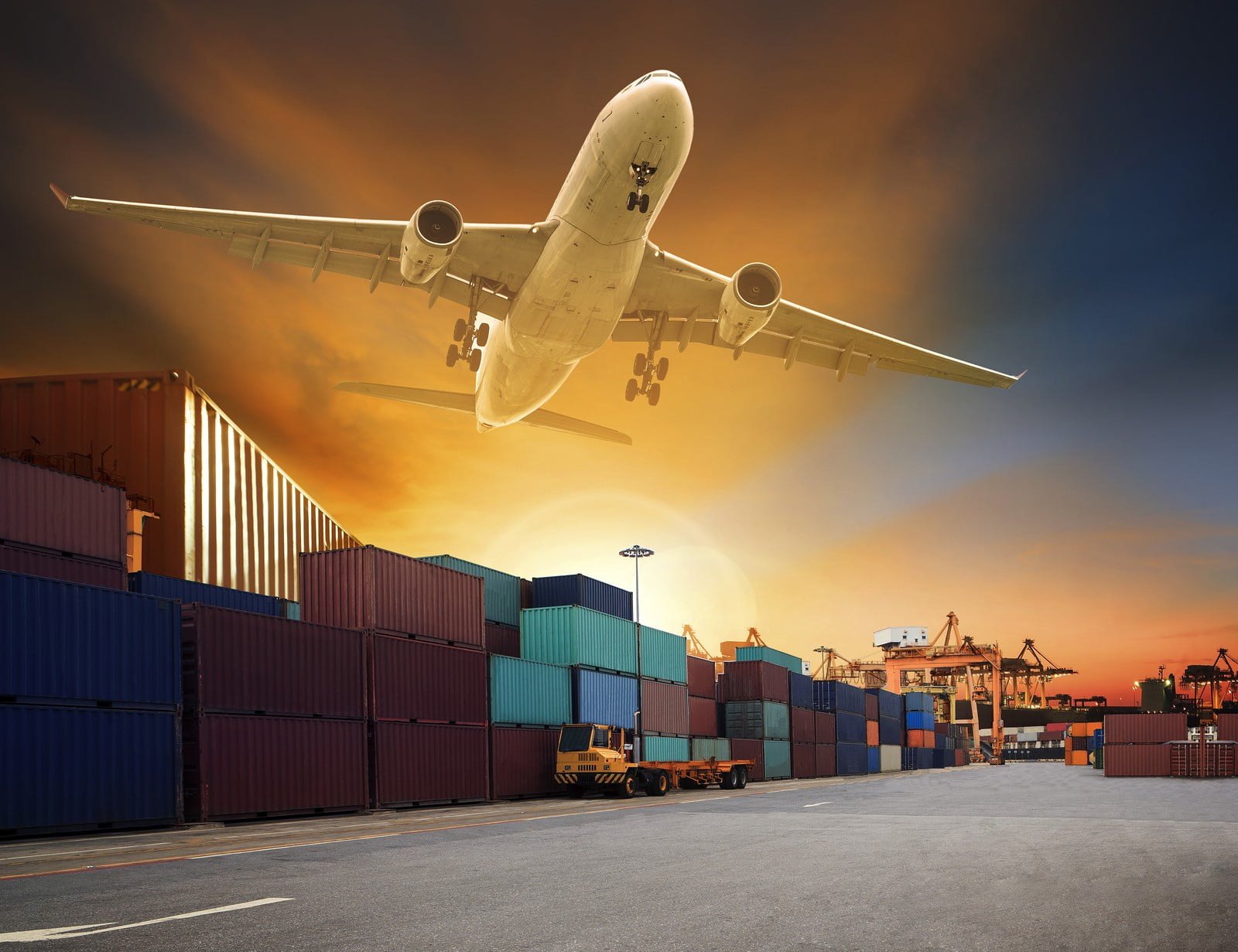What Is Customs Clearance?
Customs clearance is the process through which goods move across international borders, ensuring that they comply with all regulatory requirements. It involves submitting necessary documentation, paying applicable taxes and duties, and undergoing inspections. Successful customs clearance ensures that goods are legally imported or exported and can be released to the destination country without delays.
Customs Clearance Process
Understanding the customs clearance process is crucial for smooth international shipping. Here’s a detailed look at the key stages involved:
Inspection of Documents
The first step in the customs clearance process is the inspection of documents. Authorities review all necessary paperwork, including the commercial invoice, packing list, bill of lading, and any required certificates or permits. Ensuring that these documents are accurate and complete helps avoid delays.
Tax and Duty Payment
Once the documents are approved, the next step is the calculation and payment of taxes and duties. Customs authorities determine the amount based on the type of goods, their value, and the destination country’s regulations. Paying these fees promptly is essential for the timely release of the shipment.
Shipment Release
After the taxes and duties are paid, and the documentation is verified, the shipment is cleared for release. This means the goods can be transported to their final destination. Delays at this stage can occur if there are discrepancies in the paperwork or unpaid fees.
How To Navigate Customs Clearance Successfully
Navigating customs clearance can be complex, but following these tips can help ensure a smooth process:
Ensure Documentation Is Accurate
Accurate documentation is the cornerstone of successful customs clearance. Double-check all paperwork for completeness and correctness before submission. Errors or omissions can lead to significant delays and penalties.
Always Check International Trade Laws
International trade laws vary by country and can change frequently. Staying informed about the latest regulations ensures compliance and avoids potential legal issues. Subscribe to updates from relevant trade organizations or consult with a customs broker.
Consider What Goods You’re Shipping
Different goods have different requirements. Some items may need special permits or licenses, while others might be restricted or prohibited. Understanding the specific requirements for your shipment’s content is crucial.
Expect Multiple Customs Clearance Checks
Shipments often undergo multiple checks, especially when transiting through various countries. Be prepared for this by allowing extra time in your shipping schedule and ensuring all documents are accessible and clear.
Calculate Your Tax and Duties
Accurately calculating the taxes and duties beforehand can prevent surprises. Use online tools or consult with customs experts to estimate these costs based on your goods’ classification and destination.
Summary
Customs clearance is an essential part of international shipping, involving document inspection, tax and duty payment, and shipment release. Ensuring accurate documentation, staying updated on trade laws, understanding the nature of your goods, preparing for multiple checks, and accurately calculating taxes and duties are key steps to navigate the process successfully. By following these guidelines, businesses can streamline their customs clearance process and avoid unnecessary delays and penalties.
Get a free quote and ensure safe international shipping with our Customs Clerance Services. Contact us now!

